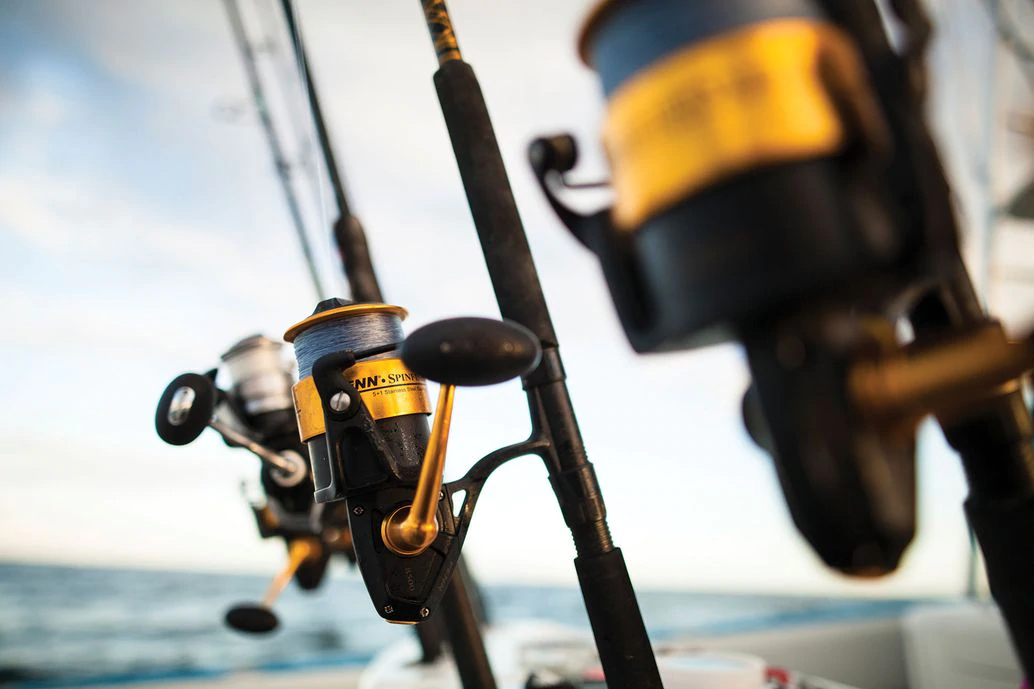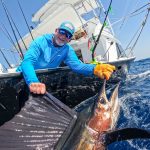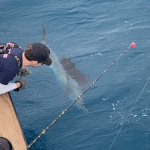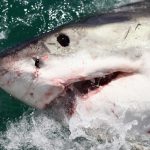Article Courtesy: saltwatersportsman.com | By: George Poveromo | Originally Published: 5/29/20 | Click here for original article.
Tackle Organization Tips – Keep Tackle in Order to Maximize Fishing Time
Organizing tackle is a ritual for some and a chore for others. After a long day of fishing and cleaning up, who really feels like devoting more time to sorting and storing gear? It’s just too easy to pile it all in one corner of the garage until the next outing. Yet the rewards in properly organizing and storing tackle are many.
This includes quick selections of technique- or species-specific terminal gear prior to a trip, such as a box with soft plastics and another with hard baits for inshore game, or some with weighted lures rigged exclusively for wahoo trolling.
It’s also easier to keep tabs on gear inventories, preventing the shock of discovering the lack of an essential item when you really need it. And if planning a vacation to distant waters, you’ll be pretty much pre-packed, save for a little tweaking here and there.
I’m a stickler for organized gear. The effort promotes angler efficiency, and even reduces prep time over the long haul. Here’s a look at how I manage my tackle.
Outfits
I arrange these in four categories: trolling, live-baiting, bottomfishing and casting, from lightest to heaviest. Each outfit is racked with drags fully backed off. When readying for an outing, the respective outfits are easily culled and rigged for their role. Secondary outfits are rigged to capitalize on any additional opportunities that may present themselves.
To keep track of outfits with new line, I place a small sticker on the reel seat or rod butt, and rack these away from direct sunlight. The efficient part of this arrangement is that after they’ve been washed and dried, the outfits are easily placed back in their respective holders; no more piling them in a corner.
Lines
Not unlike the rods, lines are broken down into categories—monofilament, braid and leaders—and arranged from lightest (6-pound) to heaviest (130-pound). They remain in view, where a glance assures me I have enough of a specific line for respooling.
The in-plain-view concept excels with leader material. What’s more, I know well in advance when I’m running low on a particular strength.
Hooks
Hooks are categorized by style and strength. Standard inline circles from No. 1 through 14/0 occupy one section of a rack, whereas double- and triple-strength versions in the same sizes are racked underneath them. Various other hook types are also arranged accordingly. Then a particular hook style and size can be located in a snap.
Lures
Outside of offshore trolling lures, which remain in lure bags, I organize hard baits by action and size, from diminutive swimbaits for seatrout to 40-foot-diving plugs for wahoo, king mackerel, grouper and dolphin. Then there are topwater plugs, subsurface runners and flutter jigs.
Again, the advantage is the ease in locating a specific lure type for an upcoming trip or the situation at hand.
Make It Work
Efficiency on the water requires presorting this gear to complement specific fishing styles and/or species, and keeping it all accessible.
I have inshore boxes designated for soft plastics, hard-plastic topwaters, subsurface and swimming plugs, various hooks and assorted terminal gear (small swivels, beads, floats and weights). Based on changing conditions, we can quickly find what we need.
For bottomfishing, traditional jigs—sorted by size—have their respective boxes, as do flutter jigs, hooks and swivels.
General light trolling boxes hold spoons and swimming plugs on mono and wire leaders, whereas the wahoo boxes house swimming plugs and heavy trolling lures rigged for deployment. Deep-drop and swordfish boxes hold items essential for those fisheries.
The hook boxes are also categorized by fishing types. A full range of inline circle hooks cover most light-tackle situations, whereas a selection of 2X and 3X inline circles are for heavier bottom and offshore fishing. Then there are J hooks and the live-baiting boxes containing rubber bands, rigging needles, helium and regular balloons, release clips and ring guides.
The bottom line: Nearly each major fishery is compartmentalized. The boxes are easy to cull based on the designated fishing. Plus, these boxes carry nicely in larger tackle bags.
Hat Trick
At day’s end, it’s easy to slow down after washing the boat and tackle, and simply line up the gear in one section of the garage. Used lures, hooks, swivels and other assorted terminal gear are far too easy to neglect for future sorting.
The final cleanup shouldn’t require more than 30 extra minutes, even less with inshore gear. After thoroughly washing rods and reels, let them dry. Wipe down the reels, apply a shot of reel lube where applicable, back off the drags, and rack the outfits. Rinse all terminal components and place them on a towel overnight.
Once dry, I hang the trolling rigs by size on rod bungees. This keeps them accessible for the next rigging session. Used lures go back into their respective tackle boxes. Ditto with swivels and other terminal items. All have been air-dried and are safe to return to their respective boxes.
The tackle organizing part isn’t as much fun as burning up that gear, yet it’s essential for success. Don’t be intimidated. At the very least, on those windy and social-distancing days, begin slowly and methodically, based on your fishing plans.
You’ll be amazed at how easily and efficiently the prep goes for a day trip or a weeklong fishing vacation. Best of all, you’re nearly guaranteed a few more fish because of your new-found efficiency.
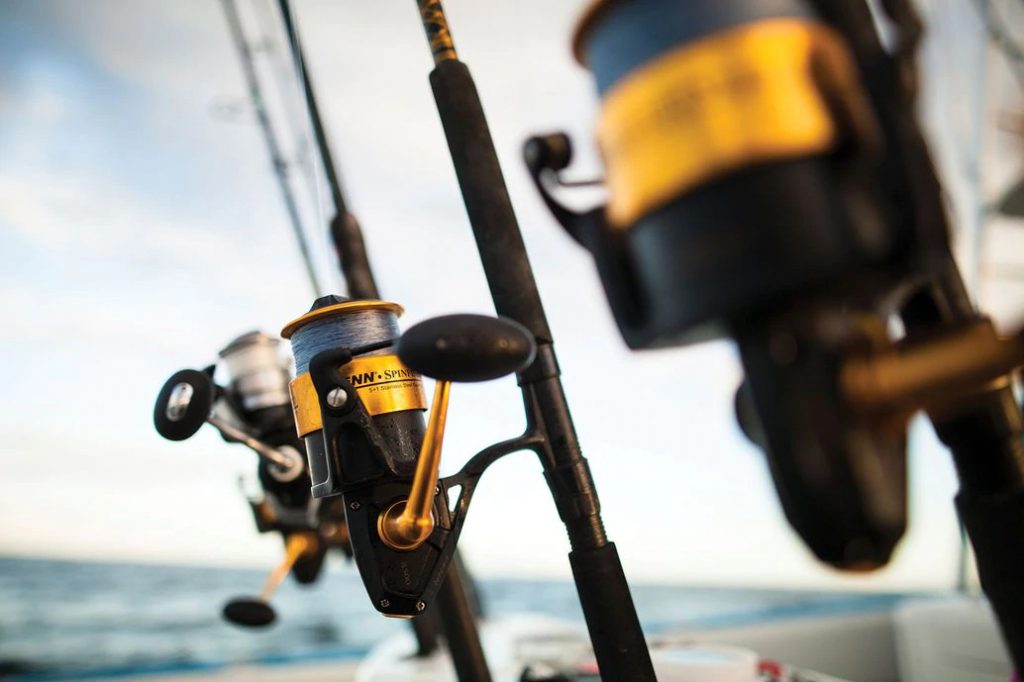
Reels topped off with fresh line allow you to concentrate on the fishing at hand. Jon Whittle

